Blum Question: Forks Explained?
When navigating the cryptocurrency space, you will often hear the term “fork” mentioned in various contexts. Forks play an essential role in the development and evolution of blockchain technology, especially for popular cryptocurrencies like Bitcoin and Ethereum. But what exactly is a fork, and why do they happen? In this article, we’ll break down the concept of blockchain forks and explain their significance.
Question & Answer Table
| Question | Answer |
|---|---|
| Forks Explained? | GO GET |
What Are Forks in Blockchain?
In the context of blockchain, a fork refers to a divergence in the blockchain’s protocol or code. Think of it as a “split” in the road where a decision is made on how to continue forward. Forks occur when the community of developers, miners, or node operators disagree on changes to the blockchain protocol, leading to the creation of two or more versions of the blockchain.
Forks can be categorized into two main types: hard forks and soft forks. Both have a significant impact on the blockchain, but they function in different ways. Let’s dive deeper into each of these concepts.
Hard Forks: A Permanent Split
A hard fork occurs when a radical change is made to the blockchain’s protocol, making the new version incompatible with the previous version. In simple terms, it creates a permanent split in the blockchain, leading to two distinct networks. Both chains continue independently of each other, but with different rules.
Hard forks are usually implemented to introduce major updates or features that cannot be incorporated into the existing protocol. They can also arise due to disagreements within the community regarding the direction of the project. One of the most famous examples of a hard fork is the split between Bitcoin and Bitcoin Cash, where a disagreement about the block size led to the creation of a new blockchain.
Key Characteristics of Hard Forks:
- Incompatibility: The new blockchain version is incompatible with the old one.
- Permanent Split: Once a hard fork happens, two separate chains continue to exist.
- Blockchain History: Both chains share the same history up to the point of the fork, but diverge afterward.
Soft Forks: A Backward-Compatible Update
Unlike hard forks, soft forks are backward-compatible updates. This means that even after the fork, the new blockchain can still recognize and interact with the old version. Soft forks are generally used for minor protocol upgrades and do not result in a split in the blockchain.
Soft forks are often seen as less disruptive because they do not create a new cryptocurrency or separate chain. However, they still bring significant changes to the network, allowing for improvements in scalability, security, and functionality without requiring a total overhaul of the system.
Key Characteristics of Soft Forks:
- Backward Compatibility: The new version can interact with the old one.
- No Split: Unlike hard forks, soft forks do not create a new blockchain.
- Voluntary Participation: Nodes can choose to upgrade to the new version or continue using the old one.
Why Do Forks Happen?
Forks can occur for various reasons, but they are usually driven by the need for improvements, security enhancements, or differences in ideology among community members. Here are some common reasons why forks happen:
- Network Improvements: To improve scalability, speed, or security.
- Community Disagreements: When members of the blockchain community have differing opinions on the project’s direction.
- Fixing Bugs: Forks can occur to fix security vulnerabilities or software bugs.
- Adding Features: To introduce new functionalities or features to the blockchain.
Famous Examples of Forks
- Bitcoin Cash (BCH): This hard fork of Bitcoin occurred due to a disagreement about the block size limit. Proponents of Bitcoin Cash wanted larger blocks to allow for more transactions, while the original Bitcoin chain kept its smaller block size.
- Ethereum Classic (ETC): Ethereum Classic resulted from a hard fork of Ethereum. The split happened after a major hack on the DAO (Decentralized Autonomous Organization), where part of the Ethereum community chose to roll back the blockchain to reverse the hack, while others continued with the original chain, creating Ethereum Classic.
How Forks Affect Cryptocurrency Holders
For cryptocurrency holders, forks can have both positive and negative effects. During a hard fork, holders of the original cryptocurrency usually receive an equivalent amount of the new cryptocurrency on the new chain. For example, when Bitcoin forked into Bitcoin Cash, Bitcoin holders received Bitcoin Cash tokens in proportion to their holdings.
However, forks can also cause uncertainty in the market, leading to price volatility. Additionally, not all exchanges or wallets support new cryptocurrencies created by forks, so users need to stay informed to ensure they can access their new tokens.
Conclusion: The Evolution of Blockchain Through Forks
Forks are an integral part of the blockchain ecosystem, allowing projects to evolve, improve, and adapt to new challenges. Whether it’s through hard forks that create entirely new blockchains or soft forks that introduce backward-compatible changes, forks play a vital role in shaping the future of decentralized technology.
As a cryptocurrency enthusiast or investor, understanding forks is essential for navigating the market and making informed decisions. By staying updated on upcoming forks and their implications, you can better prepare for any changes that may affect your holdings.

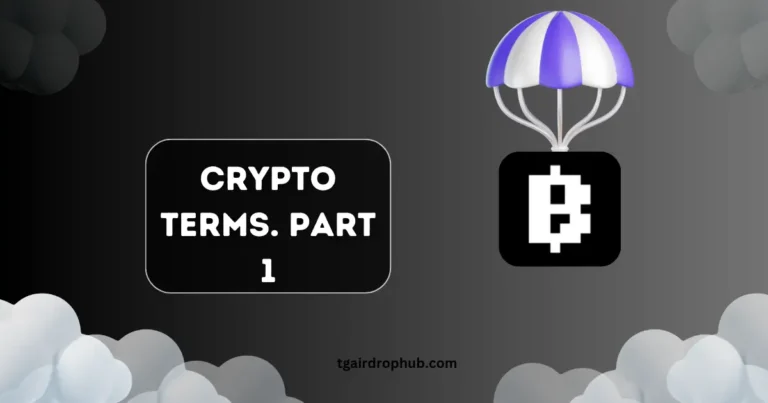
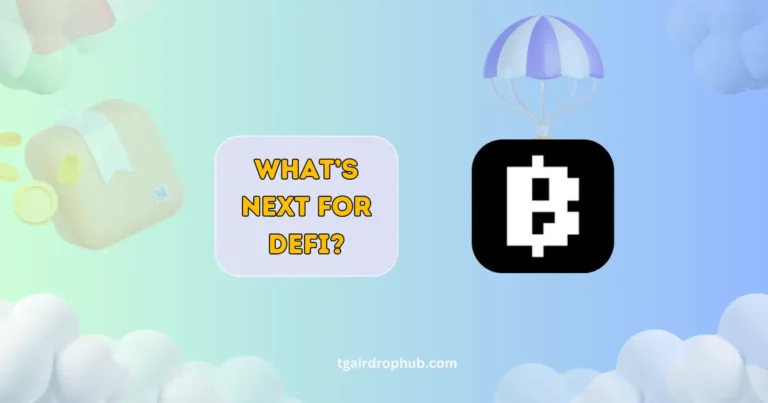
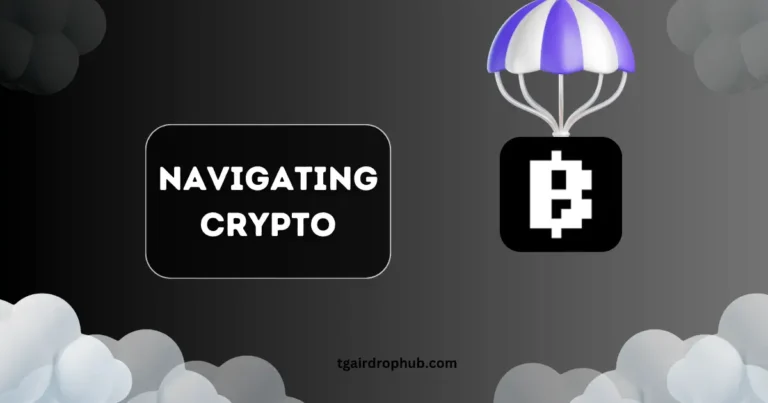
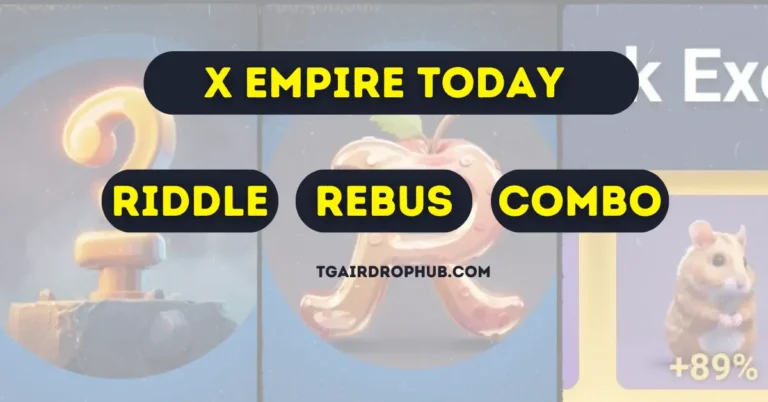

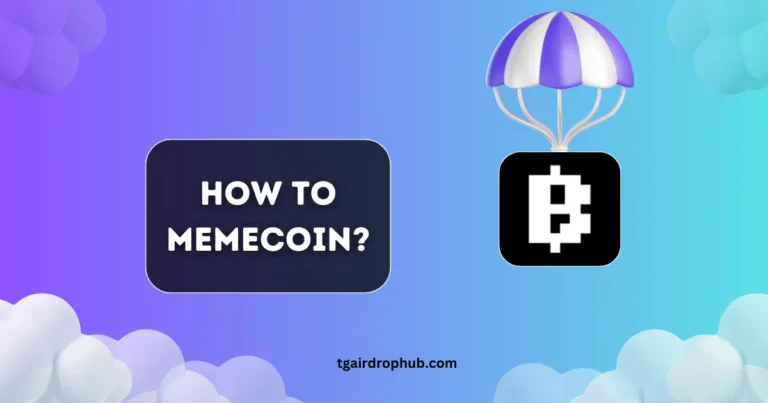
One Comment